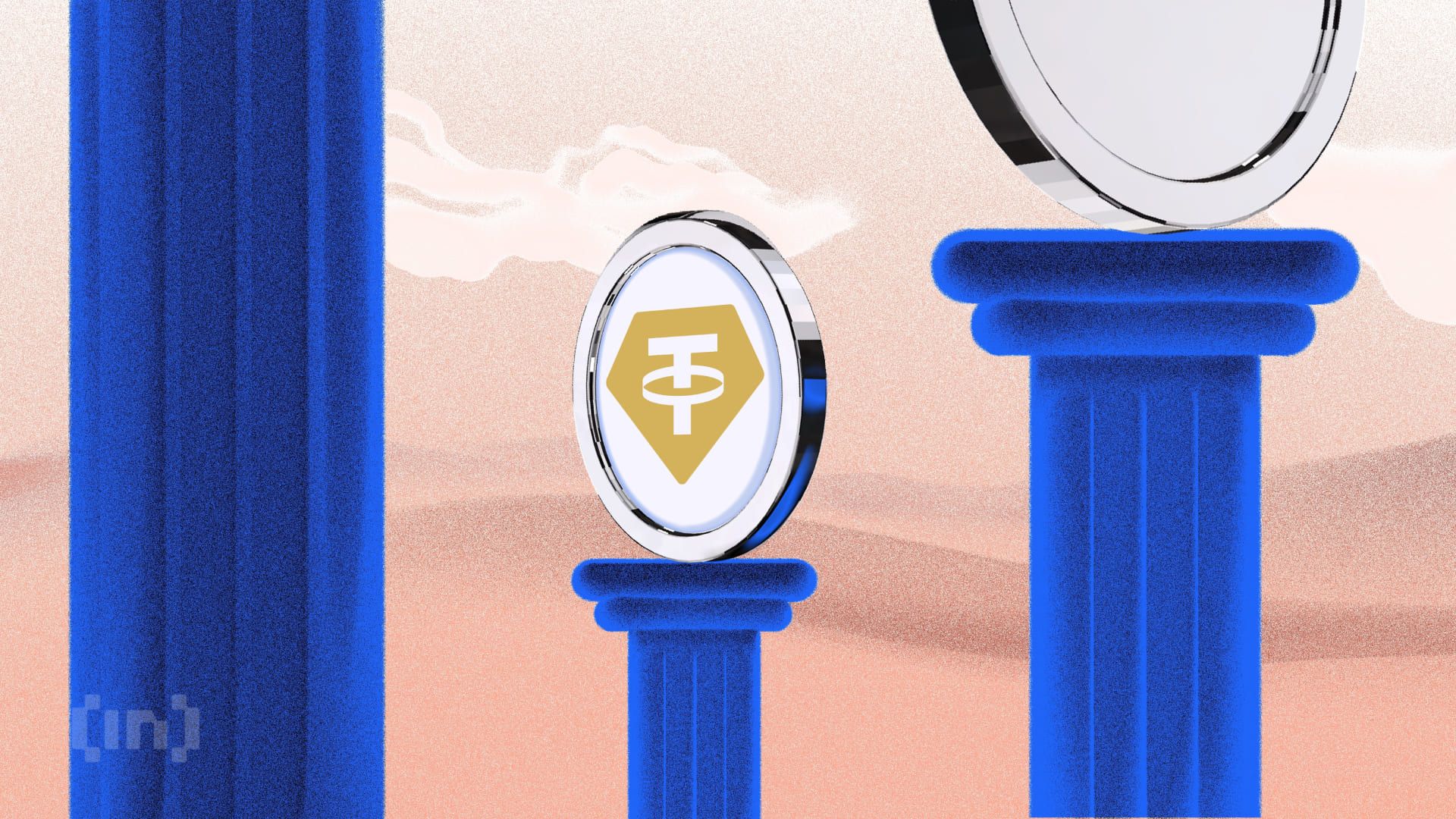
Stablecoin giant Tether is reshaping the financial landscape with its strategic investment in physical gold. By hiring two seasoned HSBC metals traders, Vincent Domien and Mathew O’Neill, Tether is taking bold steps to scale its bullion operations. This move positions Tether as a forward-thinking entity, mirroring central banks’ diversification of reserves away from the US dollar.
Why Is Tether Buying Gold?
Gold has long been regarded as a reliable hedge against economic uncertainty and currency volatility. Tether’s decision to stockpile billions in physical gold showcases a preference for hard assets over fiat-based instruments. This strategic shift is in line with global trends, where central banks purchased over 1,000 tonnes of gold in 2024 alone, the second-highest annual total on record.
Emerging economies and private entities are increasingly turning to gold to reduce dependency on the US dollar. Tether’s move into bullion reserves reflects this broader market shift and aligns stablecoins more closely with diversified reserve management strategies. The result? Stablecoins like Tether’s USDT may evolve from being viewed purely as digital cash to serving as privately managed, multi-asset reserves.
Gold vs. Treasuries: A Philosophical Divide in Stablecoins
Unlike its competitor Circle, whose USDC reserves are primarily held in short-term US Treasuries, Tether is leaning heavily into physical assets. This approach reveals a larger philosophical divide within the stablecoin sector. While some prioritize yield generation, Tether appears focused on long-term security and mitigating risks tied to fiat volatility and regulatory pressures.
This divergence underscores Tether’s ambition to position itself as more than just a digital payments processor. In fact, the company is beginning to resemble a sovereign wealth fund, managing diversified assets on a global scale.
Challenges and the Road Ahead
While Tether’s bullion strategy is innovative, operating with physical gold introduces logistical hurdles. Storage, security, and auditing are critical components that must be addressed to maintain trust and transparency. By enlisting experts like veterans from HSBC, Tether is signaling its commitment to building an institutional-grade supply chain for its gold holdings.
However, critics remain skeptical. Without regular independent audits or comprehensive reserve disclosures, questions about Tether’s transparency persist. The company must navigate these concerns carefully to maintain market credibility.
Should You Follow Tether’s Lead?
Tether stacking $12.9 billion worth of gold serves as a wake-up call for investors to reconsider their portfolio strategies. Gold continues to be a safe and stable asset, making it an appealing choice in uncertain times. If you’re looking to add gold to your investment strategy, consider the 1 oz American Gold Eagle Coin, a popular and trusted choice among gold investors.
For anyone exploring the evolving relationship between stablecoins and traditional financial systems, Tether’s approach marks a significant milestone. As private entities begin to rival national central banks in their reserve practices, the boundaries between fintech and global economics continue to blur.
Stay tuned as Tether’s bold gold strategy could herald a new era for stablecoins and the broader cryptocurrency industry.




